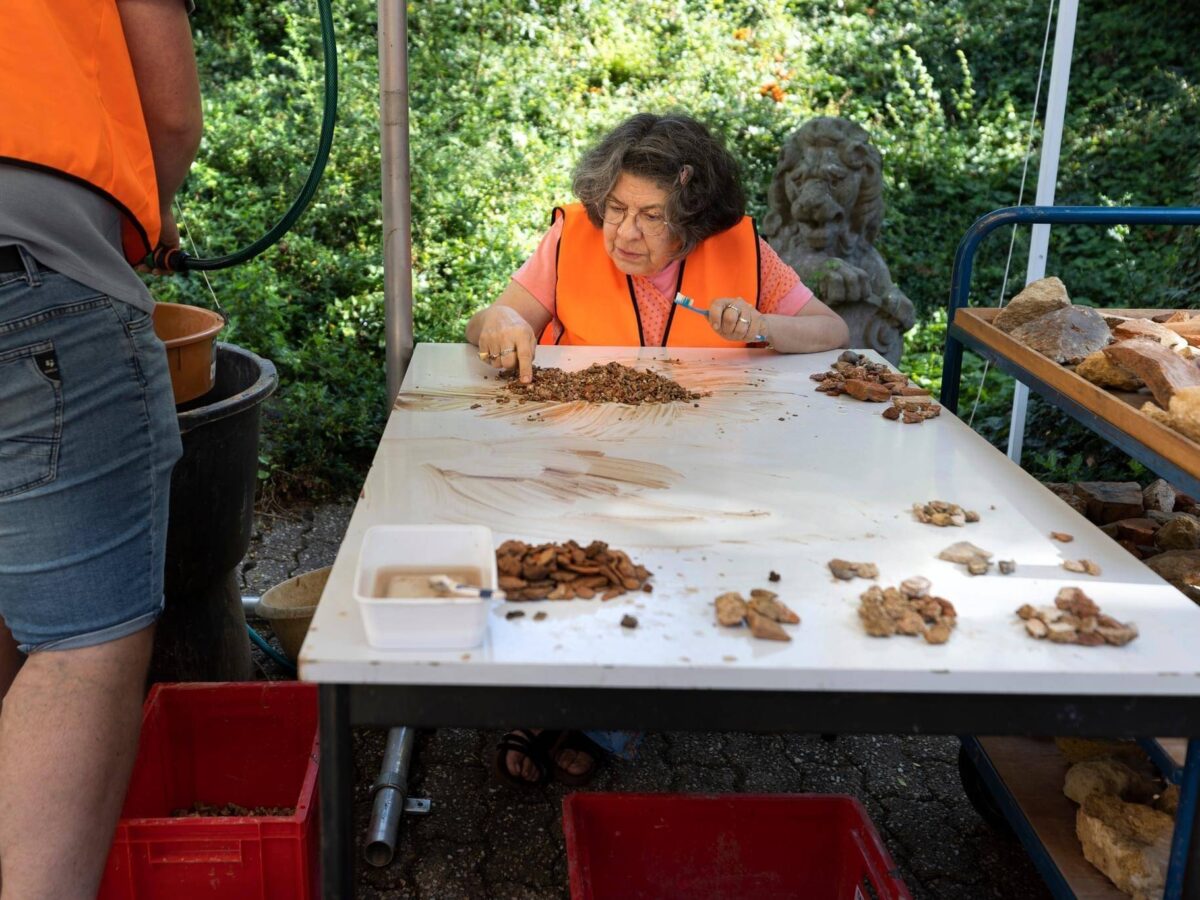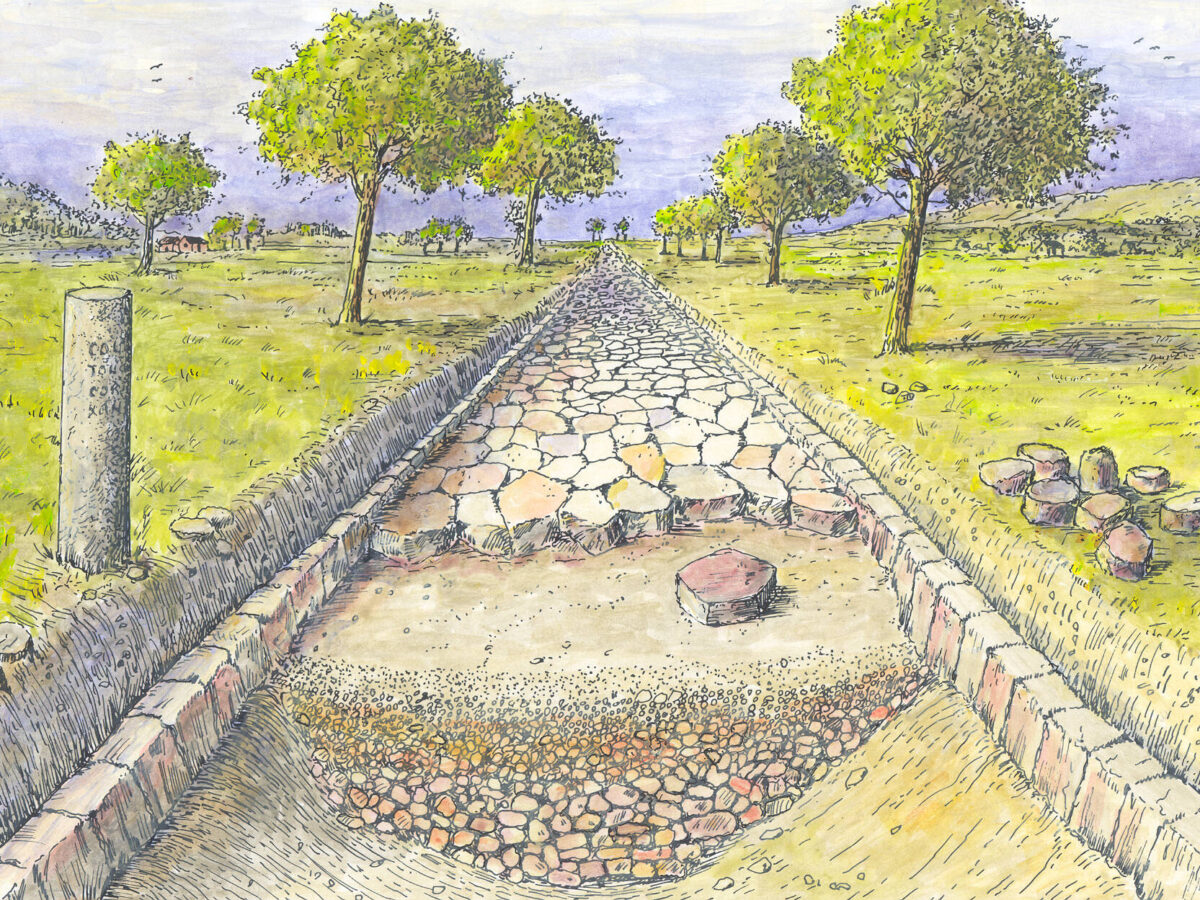Roman treasures found during “Heel Heerlen Graaft”
Author: Gemeente Heerlen
Photography: Harry Lindelauf, Anja Neskens, gemeente Heerlen

After months of preparation, the Great Dig Days of Heel Heerlen Graaft are already over. More than 150 volunteers rolled up their sleeves to search together with residents of the Roman Quarter, students, and archaeologists for remains from Roman times. And plenty has been found.
Much documented and collected
During the big digging weekend, a wealth of information about the history of the Roman Quarter was collected. The finds that were excavated often date back to Roman times, such as a large number of roof tile fragments and shards of eating and table ware. Now that the Great Dig Days are over, we face the challenge of processing these excavation results into a clear scientific report.
Sedimentary DNA
During the weekend, 8 samples were taken for sedaDNA analysis — research into ancient DNA in the soil that can provide insight into the diet and biodiversity of Roman times. The samples have been sent to the lab, and the results are expected in the first quarter of 2024.

What has been found?
Based on the notes of the archaeologists, we know that Roman remains have been found in gardens and green areas in and around Tempsplein, Deken Nicolayestraat, Burgemeester de Hesselleplein, Laan van Hövell tot Westerflier, Hamerstraat, and possibly Bekkerweg.
Remains of Roman houses and larger buildings
A meter-thick Roman rubble layer with remains of a mortar floor underneath was found in a garden on Tempsplein. From earlier research, it is known that a large building stood here in Roman times, and it now appears that the floor level may still be partly preserved in the subsoil. In gardens on Deken Nicolayestraat, Laan van Hövell tot Westerflier, and Hamerstraat, roof tile fragments and/or pottery shards were found. It seems that Roman townhouses were excavated nearby.
Remains of a Roman potter
In one of the excavation pits on Tempsplein, large quantities of pottery were found in a layer below the topsoil. At the bottom of the pit, the upper part of a large pit was found. It is likely that we encountered a large working pit of a potter from Heerlen, whose oven can be admired in the Thermenmuseum.
A wire fibula?
In a garden on Bekkerweg – where remains of a Roman cemetery were also found in the past – a metal object was found, which we think is a wire fibula, in other words, a Roman cloak pin.
Remains from the late Middle Ages and modern times
Until the beginning of the 20th century, the Roman Quarter was a patchwork of fields and meadows. Remains from this period were also excavated by volunteers, in Hamerstraat, Oude Lindestraat, and Welterlaan. In some gardens, the topsoil here consisted of colluvium — washed-down loam that, during heavy rainfall, flowed from the fields into the (dry) valley of the Welterlaan. In a garden on Akerstraat, possible wall remains of farmhouses were found.
In the coming months, all finds, field drawings, descriptions, and photos will be analyzed and studied.
Together with the participants, an exhibition is being prepared that will open in December, and in January 2024 all the results of the archaeological research will be presented.


